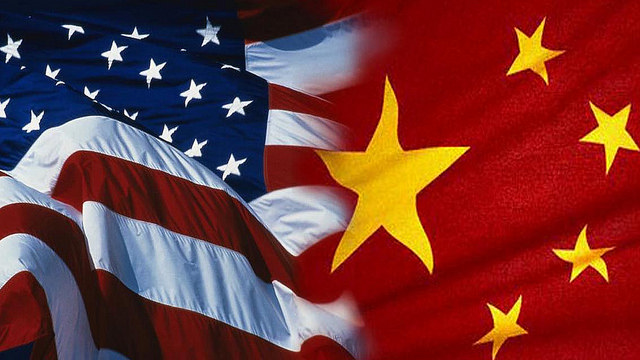Published 07 December 2018 | 2 minute read
The real challenge for US and China relations will be to develop a comprehensive and enduring accommodation that will allow their profoundly different economic systems to coexist.
With the dust starting to settle after the meeting between President Trump and President Xi in Argentina, a few things are becoming evident.
Both countries are describing the outcomes in a manner which best suits their needs and interests. While that’s understandable, the respective characterisations are almost starting to sound like the delegations attended separate meetings. That might not bode well for future progress in the upcoming talks.
It is also evident that the 90 day negotiating period is an extremely short period of time to make meaningful progress on complicated issues such as intellectual property, technology transfers, cyber theft, and non-tariff barriers.
The real challenge for the US and China will be to see if they can develop a comprehensive and enduring accommodation that will allow their profoundly different economic systems to coexist. That complex discussion can be started in 90 days but will not be concluded. The systemic differences are simply too deep.
China’s centrally planned economy and quasi-mercantilist trade policies provide it with formidable capabilities not possessed by the market-driven and ostensibly free trade economies of the West. China’s system allows it to coordinate and support initiatives and objectives not just across government, but also across business, state owned enterprises (SOEs), investment, financial entities, regulatory regimes, and even the judicial system. This complex web of preferences, protections, and support tip the playing field dramatically in China’s favor.
The existing rules of international trade – which never anticipated what China has become – are incapable of adjudicating the flash points that will inevitably arise between China’s system and the West.
Working out a much-needed accommodation between these systems won’t be quick or easy, but it should be possible. The starting point must be a recognition on the part of both sides that compromises will be required. The US will have to accept that China will continue its own development path and it will not adopt Western precepts or eventually become “just like the US”.
The United States and the Western world must finally come to terms with the magnitude – and the multifaceted complexity –of the challenges posed by China’s unique system. The inability or unwillingness to comprehend these realities is part of the reason the two countries find themselves in their current predicament.
There is little point in haranguing the Chinese government for their competence and singleminded focus on using any available means to advance technological sophistication, build world class companies, and raise living standards. The US instead needs to take responsibility for its own future and decide how it intends to step up its own game, to adjust to a world which includes a very large and technologically sophisticated economy which achieved its success playing by a different set of rules from those propagated by the West. This would require serious reflection on a number of issues, including how US technological innovation is strengthened and protected, as well as a reassessment of whether the assumptions upon which the rules-based trade system were based are still valid or relevant.
For its part, China will have to accept that dubious and deleterious trade practices it could get away with when its economy was smaller and less technologically sophisticated are no longer going to be acceptable to its trading partners, given the world-beating capabilities China possesses today. Today’s trade issues have shown China that its approach to trade is not sustainable.
Both sides need to bear in mind that a certain level of friction will always be inevitable, given how fundamentally different the two economic systems are. The question is not whether these systems can ever be perfectly reconciled. The real issue is whether the most damaging points of friction can be sufficiently smoothed out so that both countries can continue to maintain the high level of economic integration that has been achieved over the past two decades.
On that question, we have no greater clarity than we did before Argentina – and the same might very well be true 90 days from now. But there is an opportunity to at least begin the process (which will periodically be necessary) of revisiting and addressing the incompatibilities and unsustainable outcomes that have been created as these two different systems compete, cooperate, and coexist.
© The Hinrich Foundation. See our website Terms and conditions for our copyright and reprint policy. All statements of fact and the views, conclusions and recommendations expressed in this publication are the sole responsibility of the author(s).




